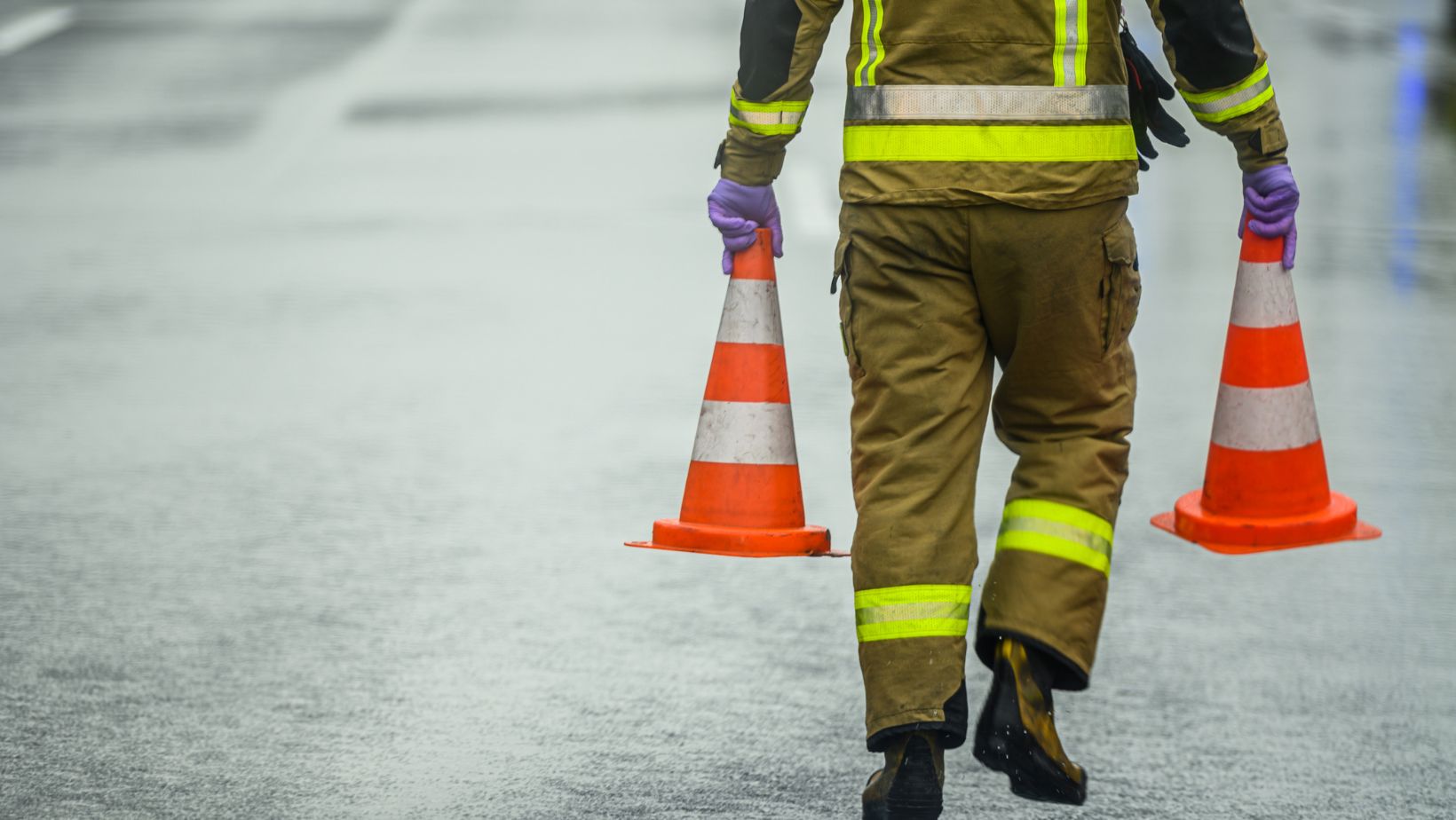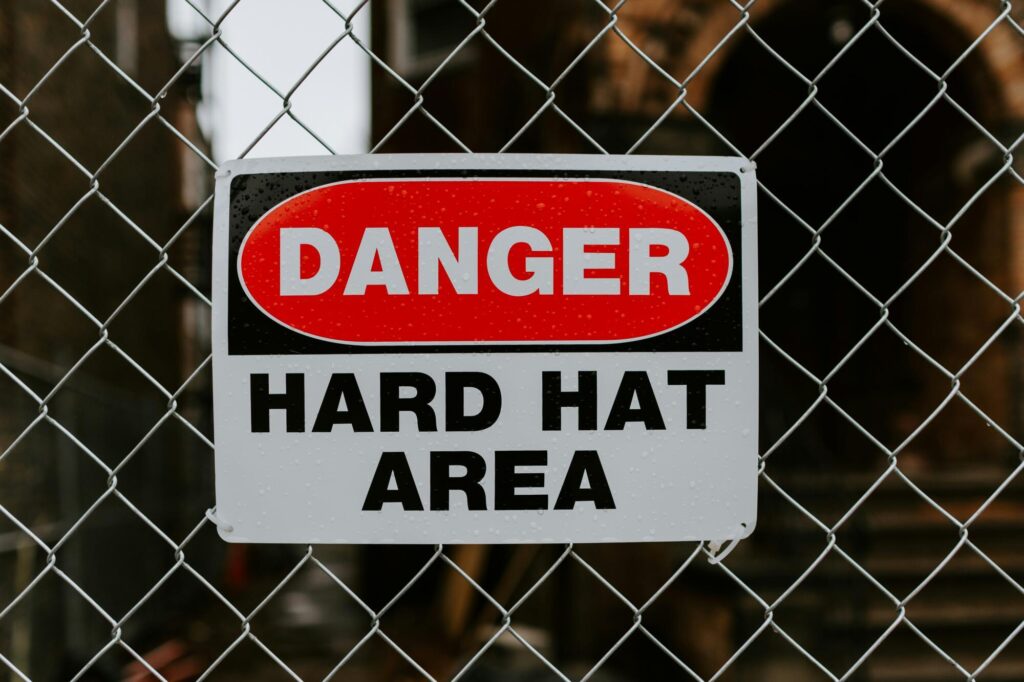Business safety is crucial for every workplace. It ensures that employees stay protected and work in an environment free from harm. A safe workplace boosts productivity and builds trust among workers.
When business safety is prioritized, companies experience fewer accidents and a stronger sense of security. Workers feel valued and supported, which leads to higher morale. Creating a safe environment is not just a requirement, but an investment in long-term success.
In this blog post, we will key business safety standards to ensure site workers’ protection.
Ensuring Compliance with Occupational Safety Regulations
Business safety is very important. Every company should follow the rules about safety at work. These rules are in place to protect workers from harm.
Companies need to know the laws about occupational health & safety. These laws help keep the workplace safe. When companies comply with these laws, they avoid problems.
It is wise to hire health & safety consultants. These experts help businesses understand safety rules. They can guide companies in making a company safety management system that works well.
Implementing Effective Risk Assessment Strategies
Risk assessments are key to workplace safety. By checking for hazards, businesses can find problems. This way, they can fix issues before they become serious.
Companies should involve workers in assessments. Employees know their jobs best. Their input can lead to better safety measures and solutions.
After identifying risks, businesses must plan how to manage them. Simple solutions can make a big difference. Safety rules can be implemented based on findings from the assessment.
Developing a Comprehensive Workplace Safety Plan
A workplace safety plan is essential for every company. The plan outlines how to keep employees safe. It should cover all potential hazards.

Creating this plan should include employee input. Workers can provide valuable insights about their daily tasks. Making them part of the process ensures they understand the safety measures.
The plan must be clear and easy to read. It should explain what to do in an emergency. A detailed plan can boost safety and ensure everyone knows what to do.
The Role of Personal Protective Equipment (PPE) in Worker Safety
Personal Protective Equipment, or PPE, is vital for worker safety. This equipment includes items like gloves, helmets, and goggles. PPE protects workers from injuries and exposure to hazards.
Employers must provide the right PPE to their workers. Proper training on how to use this equipment is also necessary. Using PPE correctly reduces the chances of accidents.
Regular checks on PPE are important too. Companies must ensure that the equipment is in good shape. Well-maintained PPE can save lives on the job site.
Enhancing Workplace Safety Through Employee Training Programs
Training programs are crucial for workplace safety. They prepare employees to handle dangers at work. Proper training reduces injuries and boosts worker confidence.
Companies must create a schedule for regular training. This keeps safety fresh in workers’ minds. Fall protection training is an example of a vital training program.
Involving employees in training makes them feel valued. Workers are more likely to remember safety practices. A safety-conscious team contributes to a safe work environment.
The Importance of Regular Safety Audits and Inspections
Regular safety audits help identify potential hazards. These audits should happen often to ensure worker safety. Companies can spot problems before they turn into accidents.
Inspections also play a key role in safety. Checking equipment and work areas can reveal risks. Taking action on inspection findings is essential.
Both audits and inspections require documentation. Keeping records shows a company cares about safety. It also helps with compliance with safety regulations.
Mitigating Workplace Hazards with Proper Safety Signage and Protocols
Signage is important for workplace safety. Clear signs can alert workers to dangers. They help keep everyone aware of potential hazards.

Protocols should be in place for all safety situations. Having a clear plan and signs reinforces safety awareness. Workers should know what to do in emergencies.
Safety signage must be visible and easy to understand. Using images along with words can be helpful. This ensures everyone understands the message, regardless of language skills.
Emergency Preparedness: Creating Response Plans for Workplace Incidents
Emergency preparedness is vital for all companies. Every business should create response plans for incidents. Knowing what to do can save lives during a crisis.
These plans must cover various scenarios. Fires, spills, and injuries are common emergencies. Workers must be trained on how to respond to each situation.
Practicing an emergency response ensures everyone knows their role. Regular drills can help maintain readiness. A prepared team can handle emergencies more effectively.
Leveraging Technology for Improved Workplace Safety Standards
Technology can greatly enhance workplace safety. Many tools help identify hazards faster. This proactive approach keeps workers safer.
Wearable tech and safety apps also play a role. They can monitor workers and alert them to dangers. Companies should consider these modern solutions.
Investing in safety technology shows commitment. Employees feel safer knowing their company invests in their well-being. A safe workplace leads to happier and more productive employees.
Encouraging a Safety-First Culture Among Employees and Management
A safety-first culture benefits everyone in a company. When safety is a priority, everyone feels secure. This mindset encourages workers to follow safety practices.
Management should lead by example. Leaders must demonstrate their commitment to safety. This encourages employees to do the same.
Rewards for safe behavior can further promote a safety-first culture. Recognizing those who follow safety rules boosts morale. It also reinforces the importance of safety in the workplace.
Prioritizing Business Safety Standards for a Secure Workplace
By following business safety standards, companies show they care about their workers’ well-being. Creating a safe workplace leads to fewer accidents and higher productivity. It also helps businesses build trust with their employees, which can improve overall morale.
Investing in safety practices is not just about meeting requirements; it’s about protecting your workforce. The long-term benefits of maintaining a safe work environment outweigh the costs. When safety is a priority, everyone benefits from workers to management.
Did this article help you? Browse our blog for more interesting topics.

